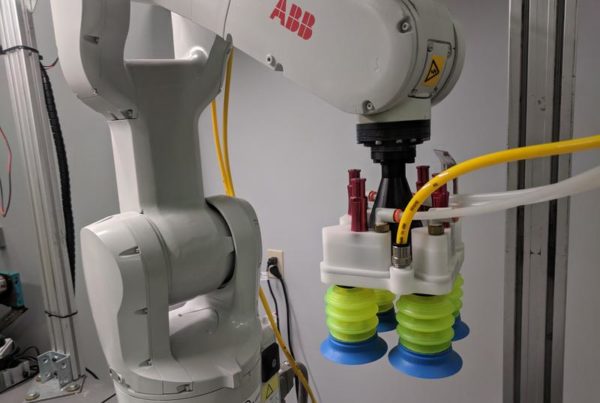Cotton has long reigned as king in Texas agriculture, bringing in $24 billion in profits per year. But the threat of weeds calls the crop’s dominion into question. Cotton’s built-up resistances to herbicides like Roundup makes it increasingly difficult to fend off weeds.
Keerti Rathore, professor in the Department of Soil and Crop Sciences at Texas A&M, says his team has engineered a fix. With the goal of developing a long-term solution, he and his associates have genetically modified cotton to resist weeds in a new way.
“Our hope is that we will develop the ability to utilize phosphite. We have taken a gene from a bacteria, pseudomonas stutzeri, and put that into cotton,” Rathore says. “With this gene, the cotton gains the ability to utilize a chemical form of phosphorus (PO3) and convert it to PO4. Then the plant is quite happy and can utilize that phosphorus for its own metabolism.”
That chemical conversion adds an extra oxygen atom to the phosphorus is not something that weeds can accomplish. The result is that they will still grow, but in quantities far lower than when farmers use Roundup and other herbicides.
For farmers, weed growth is their number one headache, affecting crop yield, and ultimately, their livelihood.
Nearly 90 percent of the cotton grown in the United States and worldwide is already genetically modified. And the impact of those modifications are positive for growth and the market. However, time and resources will be required before the new strain being developed by the Texas A&M team reaches the market. Regulatory hurdles stand in the way, but Rathore says cotton is important enough as a crop to encourage speedier development.
Cotton Inc. is extremely interested in the long-term benefits of regulation of weed resistance, and is willing to invest the resources necessary to get it to market. But, Rathore estimates it will be five years before that becomes a reality, and that’s being optimistic.
“We have gone through this kind of thing before on a different trait and it took us 10 years,” Rathore says. “We have learned enough from that experience that I’m hopeful we can do this in five years.”
Written by Sarah Yoakley.
















